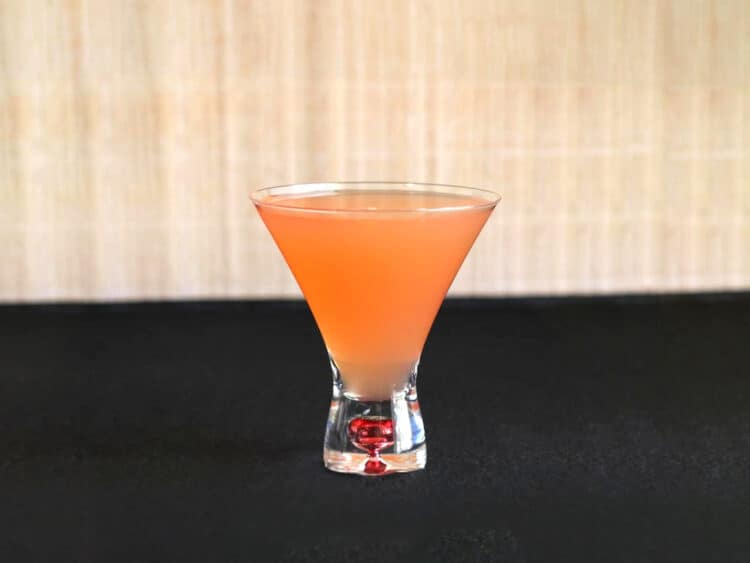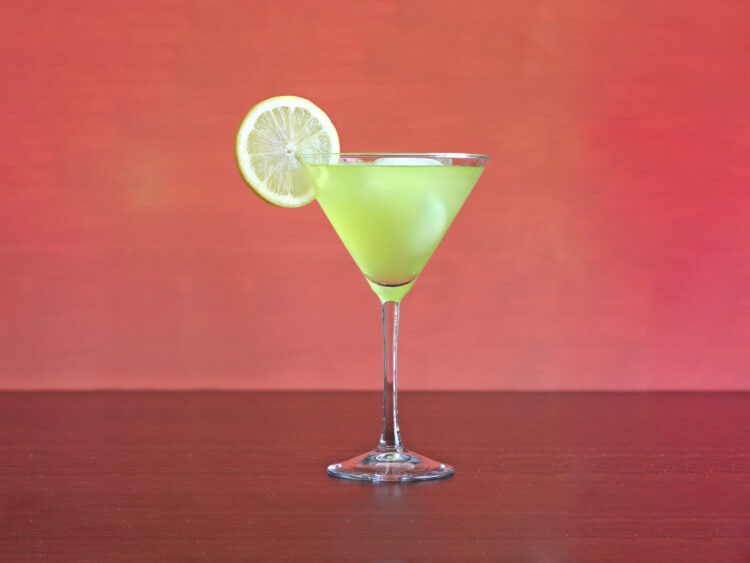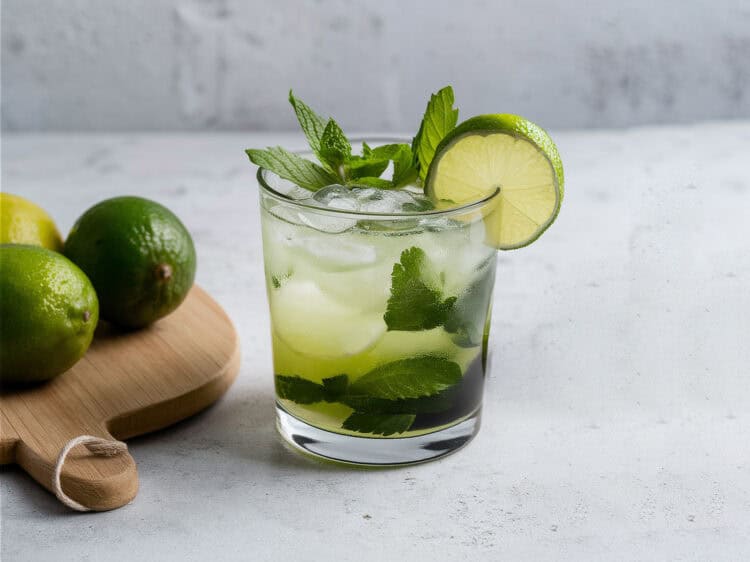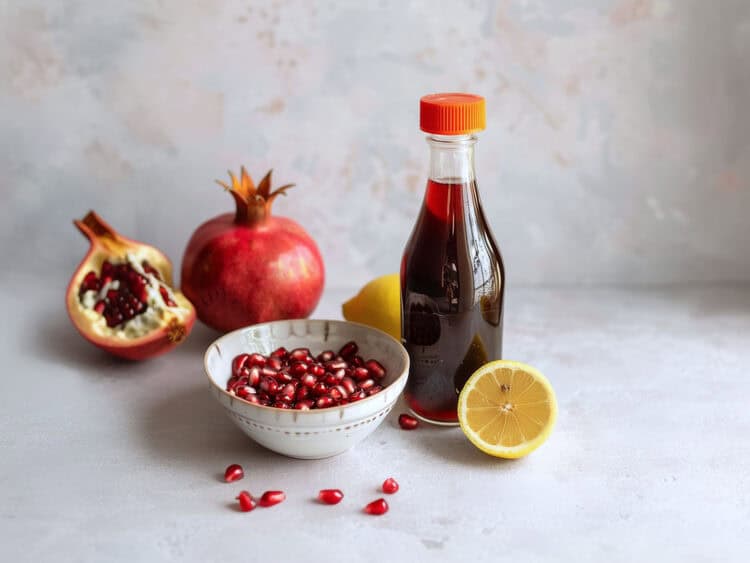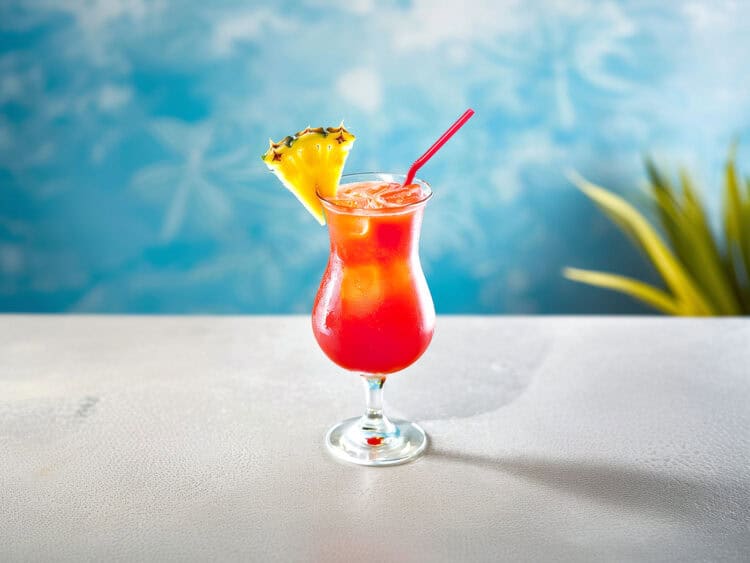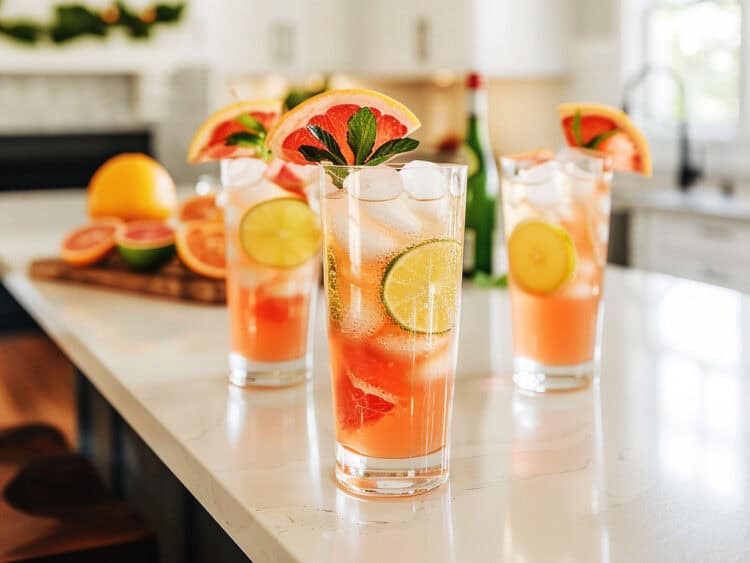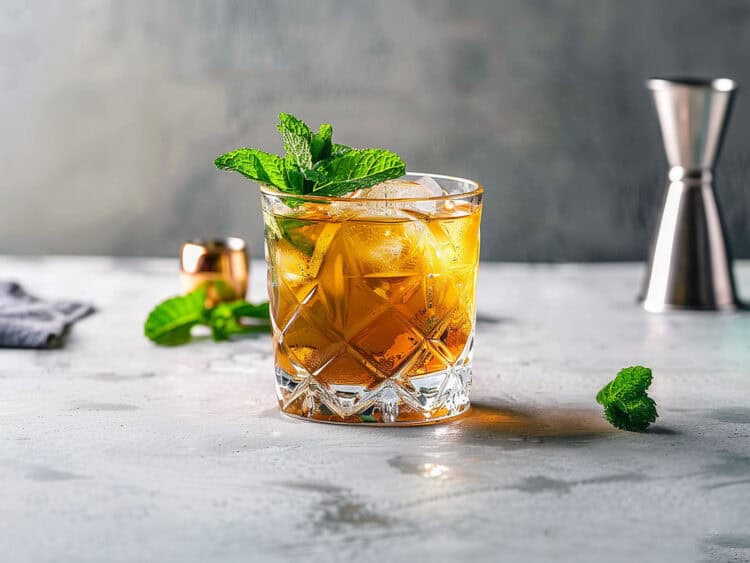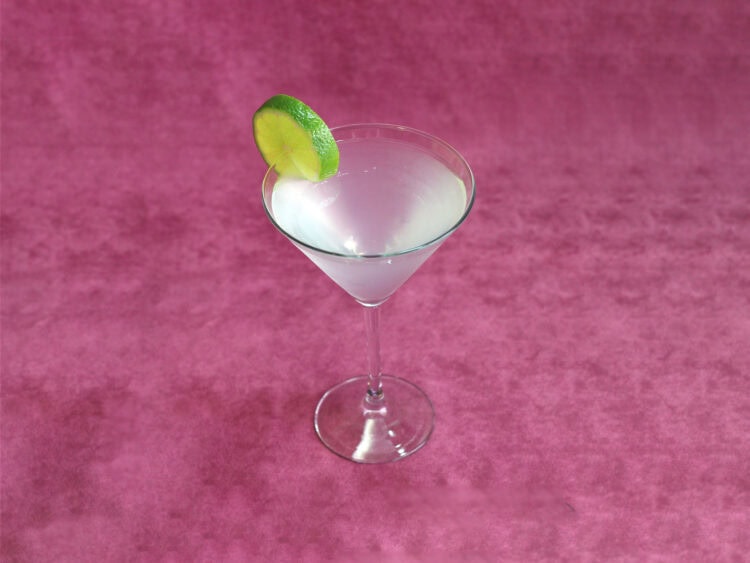Everything You Need to Know About Prosecco
Prosecco is an Italian sparkling wine that has gained worldwide popularity for its light and refreshing character. You’re about to learn all you need to know about prosecco and how it fits into cocktail making.
Discover its rich history to its different types, flavor profile, and even some potential health benefits. You may already know this remarkable wine makes a terrific substitute for champagne in cocktails, but there’s so much more than that.

Why We Love It
As noted, you can use prosecco in place of champagne in any cocktail recipe. It’s delicious and affordable, so using it allows you you go save your champagne money for special occasions.
The Origins of Prosecco
Prosecco is a sparkling wine that originates from the Veneto and Friuli Venezia Giulia regions in northeastern Italy. The name Prosecco comes from the village of Prosecco near Trieste, where the grape varietal used to make this wine has been grown for centuries.
Initially, Prosecco was made as a still wine, but in the late 19th century, winemakers began experimenting with secondary fermentation to create a sparkling version of Prosecco.
The main production area is the Conegliano-Valdobbiadene region, known for producing high-quality Prosecco.
Production Methods
Prosecco is made primarily from the Glera grape variety, although it can also contain up to 15% of other local grape varieties such as Verdiso, Bianchetta Trevigiana, and Perera.
The production process for Prosecco differs from that of Champagne. Instead of the traditional method (where secondary fermentation occurs in individual bottles), Prosecco undergoes a Charmat method, also known as the tank method.
During the Charmat method, the base wine is fermented in large stainless steel tanks, where sugar and yeast are added to initiate a second fermentation.
As carbon dioxide is created during this process, it gets trapped in the tank, resulting in the wine’s natural effervescence. After fermentation is complete, the wine is filtered and bottled under pressure to preserve its bubbles.
Styles
Prosecco comes in various styles, with the most common being:
Prosecco DOC: The most widely available type, typically dry to off-dry.
Prosecco Superiore DOCG: A higher-quality designation, with stricter production standards and geographical limitations.
Prosecco Brut: Very dry Prosecco.
Prosecco Extra Dry: Slightly sweeter than Brut, despite the name.
Prosecco Dry: A bit sweeter than Extra Dry.
Prosecco Cartizze: A premium wine produced in the Cartizze hills within the Conegliano-Valdobbiadene region.
Tasting Notes and Flavor Profile
Whichever style you choose, this sparkling wine is known for its vibrant and lively flavors, with notes of citrus, pear, green apple, and white flowers. It has a refreshing acidity and a light, delicate mouthfeel.
The bubbles in Prosecco are fine and persistent, adding to the overall sensory experience. Prosecco can range from bone-dry to slightly sweet, depending on the style and level of residual sugar.
The flavor profile of Prosecco makes it a versatile wine that can be enjoyed on its own, paired with a variety of dishes, or enjoyed in cocktails.
Prosecco in Cocktails
This sparkling wine appears in many cocktail recipes, like the Aperol Spritz and the Bellini. But you can also use it as a champagne substitute in nearly any cocktail.
The delicate flavor profile of a good champagne often gets overwhelmed by the mixers in a cocktail recipe. For cocktails, we always recommend leftover or more affordable champane.
But you can also never go wrong with prosecco, which is affordable and delicious. While Prosecco and Champagne have some flavor and structural differences, they are both sparkling wines, and in many cocktail recipes, the difference is negligible.
Here are some popular cocktail recipe examples where you can use is as a substitute:
And there are plenty more champagne cocktail recipes.
Prosecco vs. Champagne
Prosecco and Champagne are both sparkling wines, but they differ in several ways.
Grape Variety: Champagne uses Chardonnay, Pinot Noir, and Pinot Meunier grapes, while Prosecco primarily uses Glera.
Production Method: Champagne undergoes a secondary fermentation in the bottle (traditional method), while Prosecco uses the tank method.
Region: Champagne comes from the Champagne region of France, while Prosecco is Italian.
Flavor: Champagne tends to be more complex and can have a broader range of flavors.
Serving Suggestions
To get the most from the flavors and effervescence of Prosecco, you should serve it at the right temperature. Ideally, it should be chilled between 40-45°F (4-7°C).
This is also a good idea when you’re using it in cocktails. Keep it in your fridge for the best results.
When pouring it on its own, it’s best to use a tulip-shaped flute or a white wine glass. The tall, narrow shape helps preserve the bubbles and concentrates the aromas for a better tasting experience.
Remember to pour it gently to prevent excessive fizzing. Hold the glass at a slight angle and slowly pour the wine down the side to minimize bubble loss. Allow the foam to settle before filling the glass to the desired level.
Food Pairings
Its versatility makes it an excellent choice for pairing with various dishes. Its lightness and fruity flavors complement a wide range of foods.
- Fresh seafood: The crisp acidity pairs beautifully with oysters, shrimp, and other shellfish.
- Meat and cheese boards (charcuterie): A glass pairs well with mild cheeses like brie or goat cheese, as well as cured meats like prosciutto or salami.
- Light salads: Prosecco can cut through the richness of salads with vinaigrette dressings or tangy ingredients like feta cheese.
- Fruits and desserts: its slight sweetness makes it an excellent match for fresh fruit salads or light desserts like sorbet.
- Brunch fare: it’s a popular choice for brunch or in brunch cocktails, pairing well with dishes like eggs Benedict or smoked salmon.
Popular Brands
There are many good brands available in the market today. Try these if you’re just getting started.
- Mionetto: Established in 1887, they offer a wide range of styles from dry to sweet.
- La Marca: Known for its consistently high-quality Proseccos that offer excellent value for money.
- Bottega: Bottega produces premium Proseccos with elegant packaging and fine attention to detail.
- Zonin: Zonin is one of Italy’s largest wine producers and offers a wide selection.
- Ruffino: Ruffino is renowned for its Proseccos that showcase the unique characteristics of the Glera grape.
Storing and Aging
Prosecco is generally best enjoyed young and fresh to appreciate its vibrant flavors and effervescence. Unlike some other sparkling wines, such as Champagne or certain Crémants, Prosecco does not typically benefit from long-term aging.
To store it at home, keep it in a cool and dark place away from direct sunlight or extreme temperature fluctuations. Once opened, re-seal the bottle tightly and consume within a few days to maintain its freshness.
Popularity
Over the years, Prosecco has gained tremendous popularity worldwide due to its approachable style, affordability, and versatility. It’s become a popular choice for celebrations, casual gatherings, brunches, and everyday enjoyment.
The rise in popularity has led to an increase in production, with Italy producing millions of bottles each year to meet global demand. Today, you can find Prosecco on restaurant menus, at wine shops, and even in grocery stores in many countries around the world.
To Your Health
Moderate consumption of Prosecco can even have some potential health benefits.
- It’s low in calories compared to other alcoholic beverages, with an average of 70-90 calories per glass.
- It contains antioxidants, such as polyphenols, which have been linked to various health benefits.
- The bubbles can help to stimulate digestion and reduce bloating.
Last Updated:

